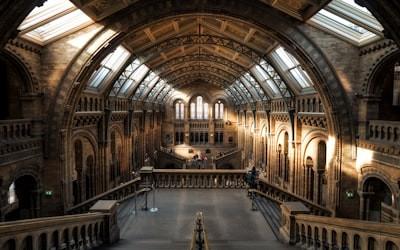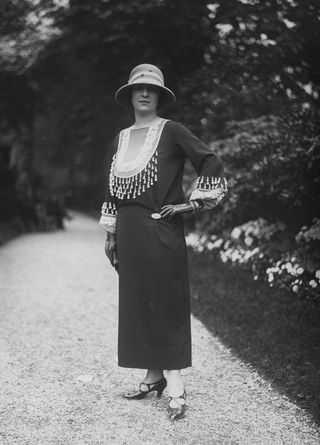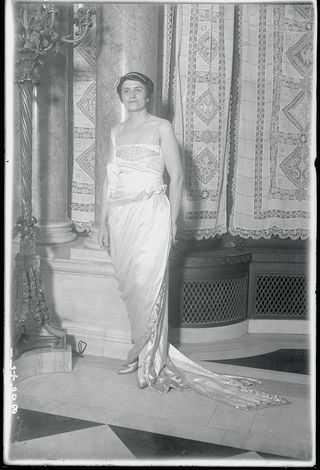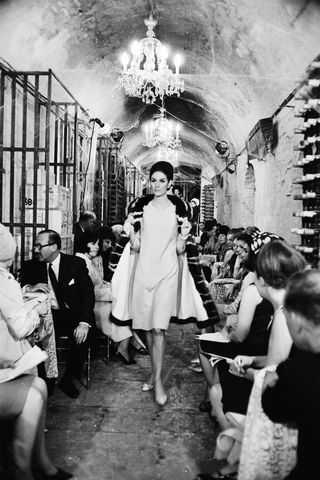The fascinating history of the catwalk show
Curated from: harpersbazaar.com
Ideas, facts & insights covering these topics:
5 ideas
·1.4K reads
8
Explore the World's Best Ideas
Join today and uncover 100+ curated journeys from 50+ topics. Unlock access to our mobile app with extensive features.
When the dressmaker and client relationship changed
English designer Charles Frederick Worth seems to be the first fashion designer that used models. From the mid-1860s, the house was hiring young women.
This development changed the relationship between the dressmaker and the client. Instead of the designer coming to the customer, the designer gave a simple presentation to clients.
14
429 reads
The first catwalk
In 1901, Lady Duff Gordon presented her 'Gowns of Emotion' using models on a stage with scenery, lighting and music, while their entrances were choreographed with poses. This innovation introduced the idea of showing fashion to a larger audience.
The traditional catwalk took place in department stores where large spaces were available. These presentations for middle-class shoppers were vital in validating the fashionable styles set by designers.
13
257 reads
Breaking away from the department stores
In the 1960s, fashion designers started to break away from hosting a catwalk show in department stores and salons. Balmain presented a 1965 collection in a wine cellar, and Piere Cardin held a show outdoors next to the Seine in Paris.
Once we headed into the nineties, the fashion show got bigger and cost millions to stage. But the visual spectacle didn't really add to the basic concept of the fashion show. The shows were mostly happening behind closed doors for fashion editors, buyers, celebrities and private clients.
11
239 reads
Social media and fashion shows
Fashion shows have always been about creating visibility and exposure for a designer's collection with the end goal of selling clothes. Technology placed fashion weeks within reach of everyone and changed it into a pop-culture phenomenon. As the fashion influencer emerged, the street style followed.
The rise of social media also led to brands choosing to livestream their shows to all. The change has expanded over the last year, causing designers to embrace a digital format over gatherings.
12
232 reads
Embracing creative challenges
With social media being the better platform, many designers embraced the creative challenge this presented. They showcase their collections via fashion films or shoots and find other inventive ways to draw audiences.
The designers who had the most success on social media were those who scaled back the least. The pandemic has allowed time to reflect on the sustainability and role of the fashion industry.
11
244 reads
IDEAS CURATED BY
Stephanie Denis's ideas are part of this journey:
Learn more about personaldevelopment with this collection
The history of fashion
The impact of fashion on society
The future of the fashion industry
Related collections
Similar ideas
6 ideas
How Do Fashion Trends Start?
womens-fashion.lovetoknow.com
4 ideas
Everything You Need to Know About Upcycling
shondaland.com
5 ideas
Read & Learn
20x Faster
without
deepstash
with
deepstash
with
deepstash
Personalized microlearning
—
100+ Learning Journeys
—
Access to 200,000+ ideas
—
Access to the mobile app
—
Unlimited idea saving
—
—
Unlimited history
—
—
Unlimited listening to ideas
—
—
Downloading & offline access
—
—
Supercharge your mind with one idea per day
Enter your email and spend 1 minute every day to learn something new.
I agree to receive email updates



